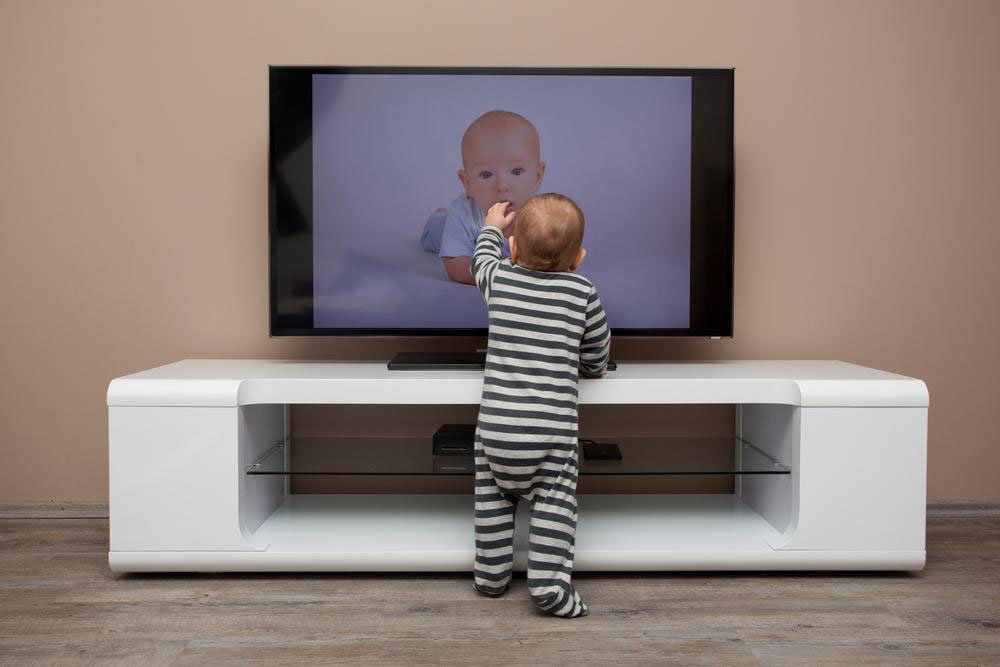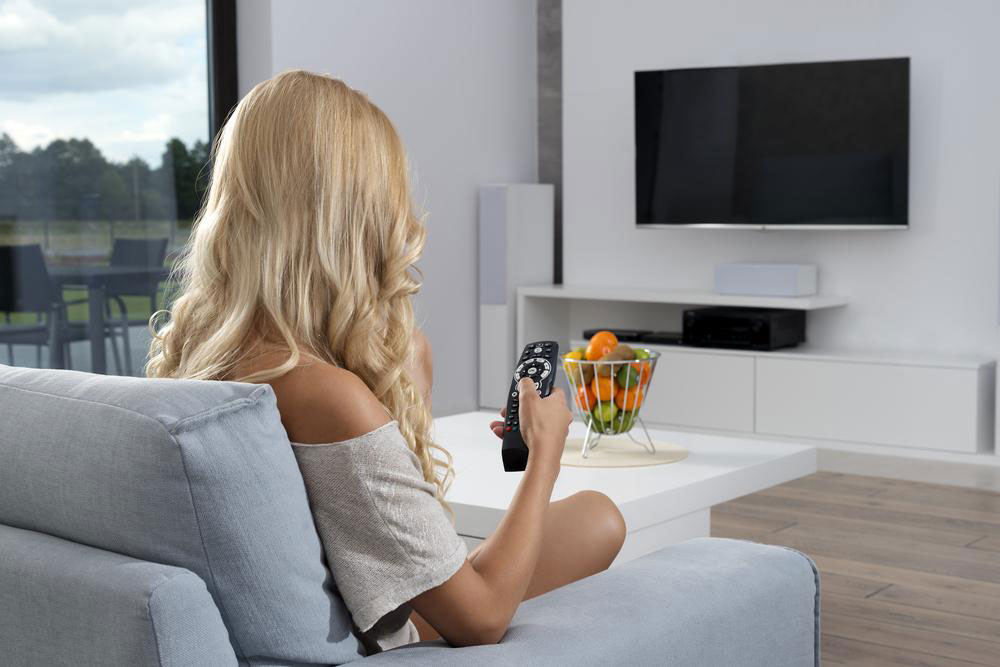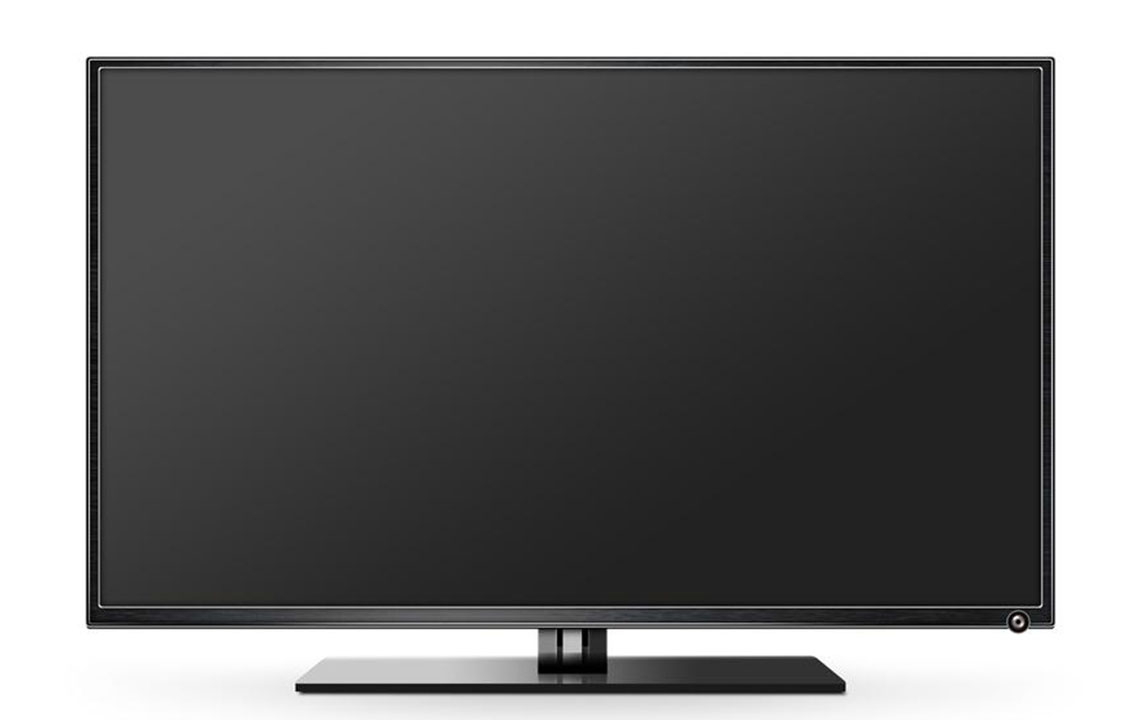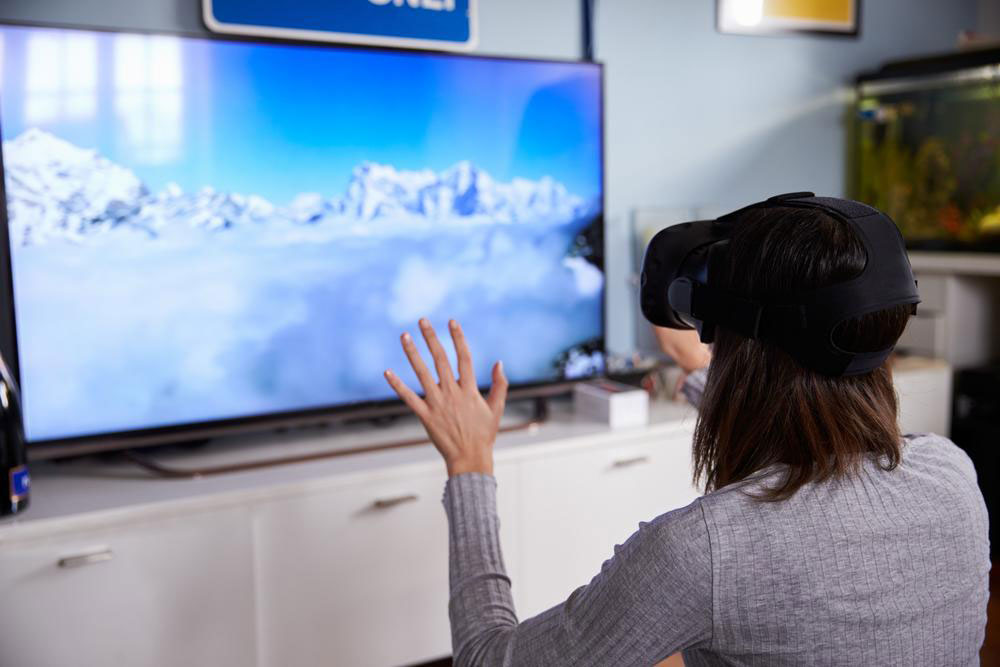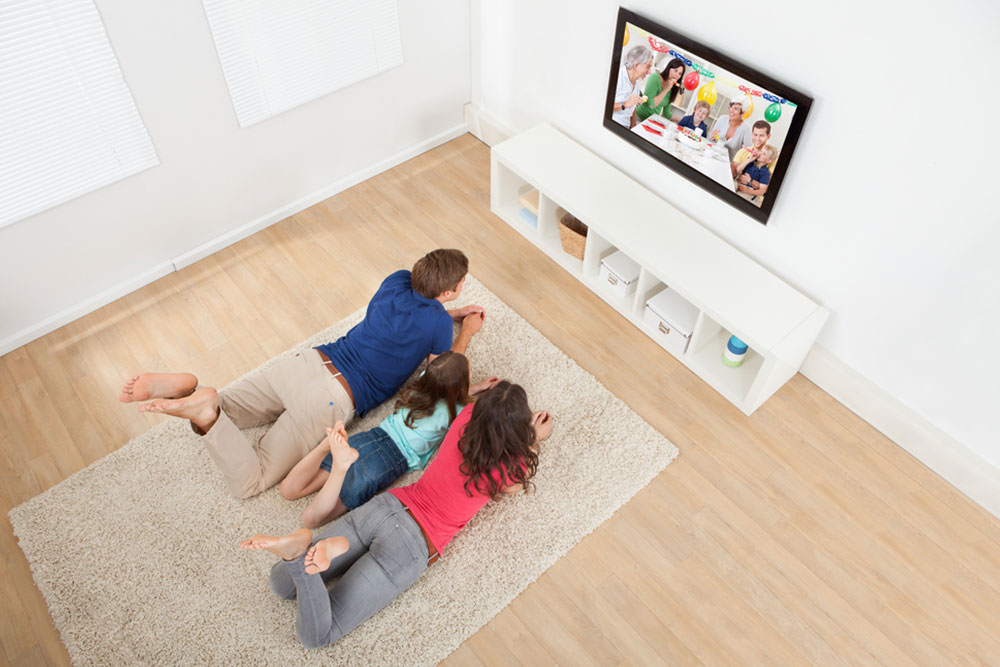Guide to Optimal TV Screen Resolutions
This article provides essential insights into selecting the best TV resolutions, emphasizing factors like native resolution, aspect ratio, and screen size. It highlights how resolution impacts picture clarity and guides consumers in making informed purchase decisions based on their viewing environment and preferences. Whether upgrading your TV or buying a new one, understanding resolution helps you choose the optimal display for a superior entertainment experience.
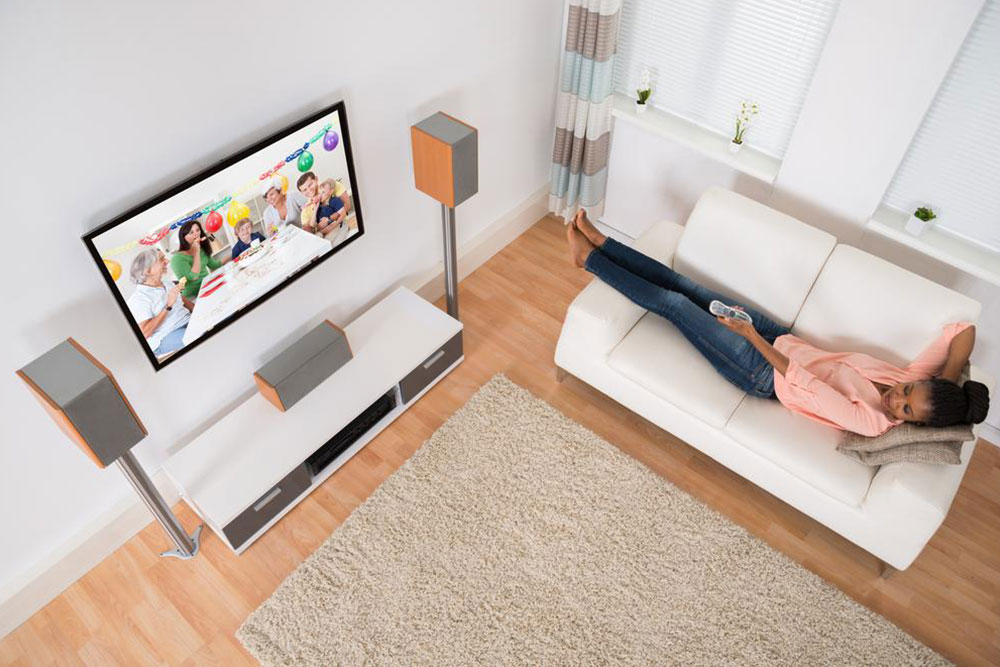
Guide to Optimal TV Screen Resolutions
Choosing the right television requires careful consideration, especially when evaluating picture quality. A key aspect influencing display excellence is the resolution, which significantly impacts viewing experience.
Understanding TV resolution is crucial, as it determines how sharp and detailed the images appear on your screen.
LED TV Fundamentals
LED televisions use liquid crystal layers positioned between glass panels, resulting in superior picture clarity compared to traditional LCD screens.
Understanding Resolution
The term "resolution" refers to the pixel density of a TV screen, directly affecting image quality. Higher resolution means finer detail.
This is known as native resolution, representing the actual pixel count of the display.
Display Aspect Ratio
This ratio indicates the relationship between width and height, usually expressed as width:height. LED screens typically have fixed pixel counts, so content must match their native resolution for optimal display. When a lower-resolution signal is received, it is scaled up to fill the screen.
Aspect Ratios in TVs
The two main aspect ratios are 4:3, the traditional standard, and 16:9, the modern widescreen format.
Scanning Methods
TVs utilize either interlaced or progressive scanning, which refers to how images are refreshed on the screen. These are commonly denoted as "i" for interlaced and "p" for progressive.
Image Scaling
When source resolution doesn't match native resolution, scaling adjusts the image size. For example, a 1080p movie displayed on a 720p screen will be downscaled to fit.
Choosing the Best Resolution
When shopping, prioritize resolution to ensure clear visuals. Factors like screen size and viewing distance should influence your choice.
Screen Size Consideration
Larger screens demand higher resolutions to maintain detail and picture quality. A very big screen with low resolution may result in a blurry image.
Viewing Distance Effects
Sitting closer to the screen enhances the perceived resolution, making sharp images more noticeable.
Do thorough research to select the best TV tailored to your needs.

